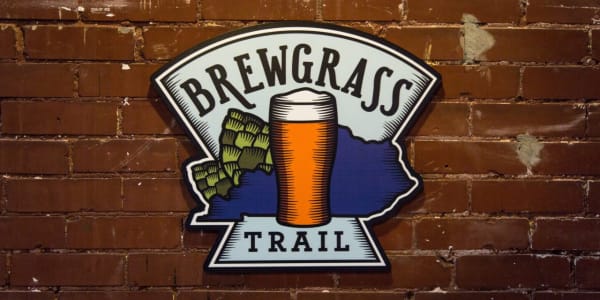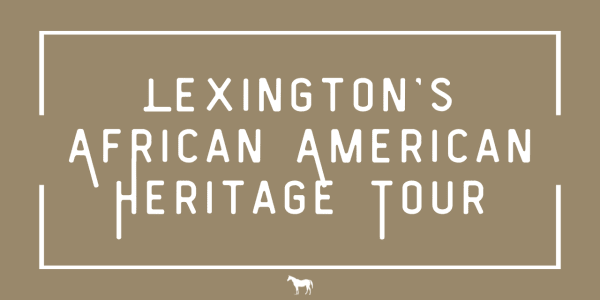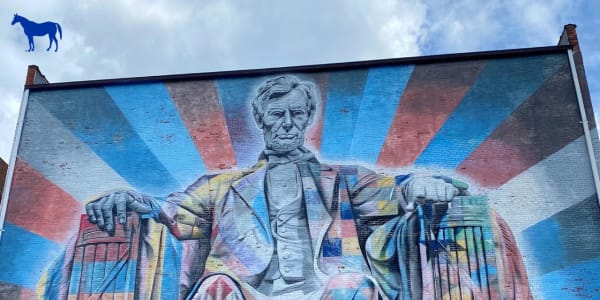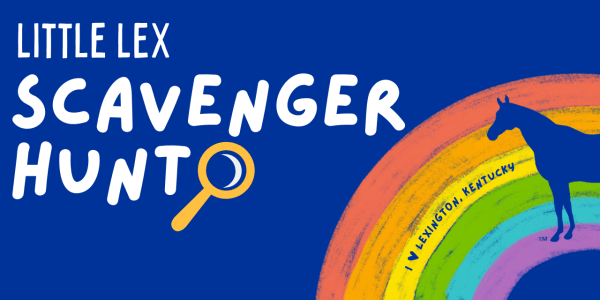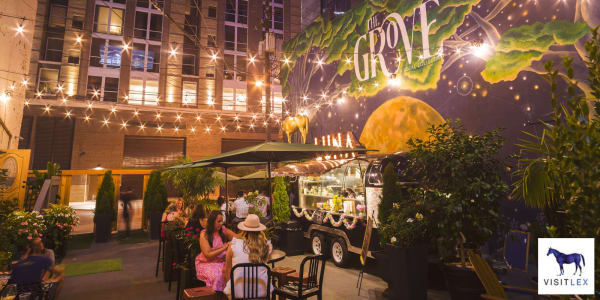Bourbonland 1-Day Tasting Pass
- Enjoy tasting flights at a max of 3 distilleries
- Must use within 60 days of purchase
- No apps to download
- Instantly delivered via text and email
- Free Bourbonland shot glass with every purchase – available for pick up at the Lexington Visitors Center
$45.00
Bourbonland 3-Day Ultimate Tasting Pass
- Enjoy tasting flights at 6 distilleries, max limit of 3 per day
- Must use within 60 days of purchase
- No apps to download
- Instantly delivered via text and email
- Free Bourbonland shot glass with every purchase – available for pick up at the Lexington Visitors Center
$75.00
Lexington Tree Week 2025
- Mobile exclusive
- Instantly delivered via text and email
- No apps to download
Free
How this Pass Works

Step 1 - Get Your Pass
This mobile exclusive passport is a collection of curated attractions, retailers, restaurants and more, offering deals and discounts to redeem during your visit.

Step 2 - Receive Text
Your passport will be instantly delivered to your phone via text and email and is ready to use immediately! There is no app to download. Your pass can be saved to your phone’s home screen for easy one-tap access.

Step 3 - Redeem
When visiting a participating business, simply present your phone to the attendant or staff member to redeem available discounts.

I Was Here Pass
- Mobile exclusive
- Instantly delivered via text and email
- No apps to download
- Free 'I Was Here' print upon completion
Free
How this Pass Works

Step 1 - Get Your Pass
This mobile exclusive passport is a collection of curated attractions, retailers, restaurants and more, offering deals and discounts to redeem during your visit.

Step 2 - Receive Text
Your passport will be instantly delivered to your phone via text and email and is ready to use immediately! There is no app to download. Your pass can be saved to your phone’s home screen for easy one-tap access.

Step 3 - Redeem
When visiting a participating business, simply present your phone to the attendant or staff member to redeem available discounts.
How this Pass Works

Step 1 - Get Your Pass
This mobile exclusive passport is a collection of curated attractions, retailers, restaurants and more, offering deals and discounts to redeem during your visit.

Step 2 - Receive Text
Your passport will be instantly delivered to your phone via text and email and is ready to use immediately! There is no app to download. Your pass can be saved to your phone’s home screen for easy one-tap access.

Step 3 - Redeem
When visiting a participating business, simply present your phone to the attendant or staff member to redeem available discounts.
African American Heritage Tour
- Mobile exclusive
- Instantly delivered via text and email
- No apps to download
Free
Brewgrass Trail 2025
- Mobile exclusive
- Instantly delivered via text and email
- No apps to download
Free
Lexington Mural Challenge
- Mobile exclusive
- Instantly delivered via text and email
- No apps to download
Free
Little Lex Scavenger Hunt
- Mobile exclusive
- Instantly delivered via text and email
- No apps to download
Free
African American Heritage Tour
- Mobile exclusive
- Instantly delivered via text and email
- No apps to download
Free

I Was Here Pass
- Mobile exclusive
- Instantly delivered via text and email
- No apps to download
- Free 'I Was Here' print upon completion
Free
Lexington Mural Challenge
- Mobile exclusive
- Instantly delivered via text and email
- No apps to download
Free
Little Lex Scavenger Hunt
- Mobile exclusive
- Instantly delivered via text and email
- No apps to download
Free
How this Pass Works

Step 1 - Get Your Pass
This mobile exclusive passport is a collection of curated attractions, retailers, restaurants and more and offering deals and discounts to redeem during your visit.

Step 2 - Receive Text
Your passport will be instantly delivered to your phone via text and email and is ready to use immediately! There is no app to download. Your pass can be saved to your phone’s home screen for easy one-tap access.

Step 3 - Redeem
When visiting a participating business, simply present your phone to the attendant or staff member to redeem available discounts.
How this Pass Works

Step 1 - Get Your Pass
This mobile exclusive passport is a collection of curated attractions, retailers, restaurants and more, offering deals and discounts to redeem during your visit.

Step 2 - Receive Text
Your passport will be instantly delivered to your phone via text and email and is ready to use immediately! There is no app to download. Your pass can be saved to your phone’s home screen for easy one-tap access.

Step 3 - Redeem
When visiting a participating business, simply present your phone to the attendant or staff member to redeem available discounts.



